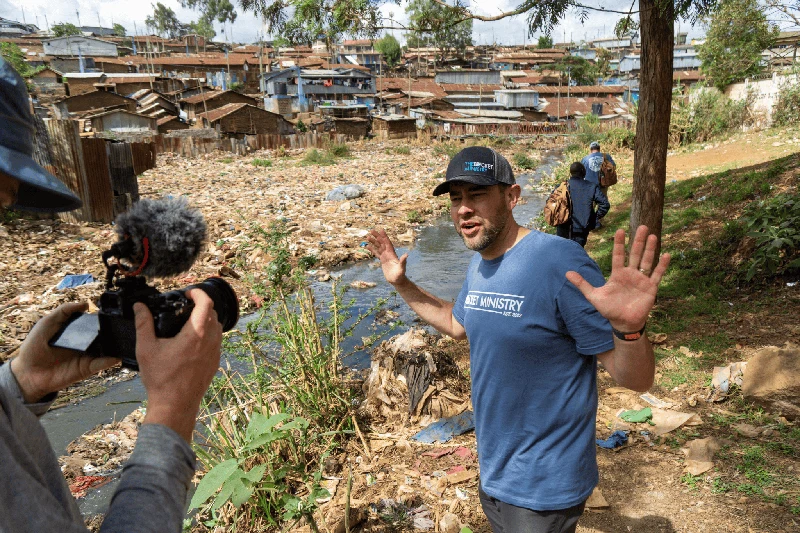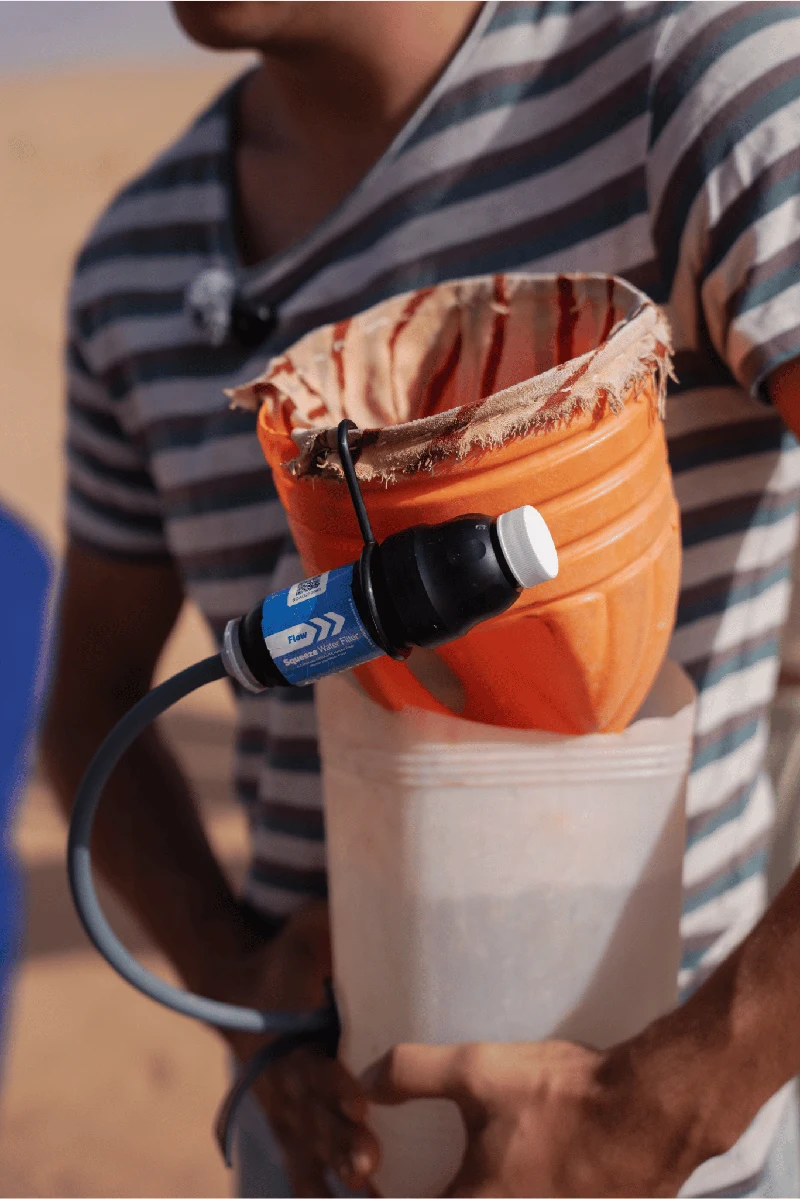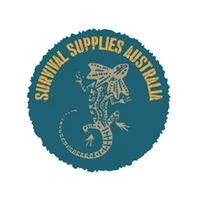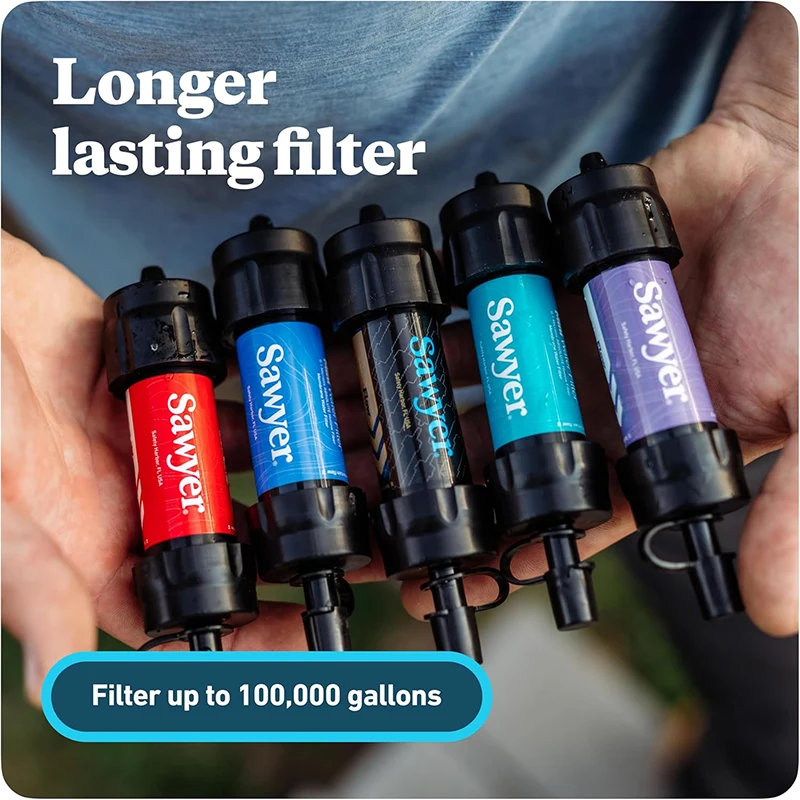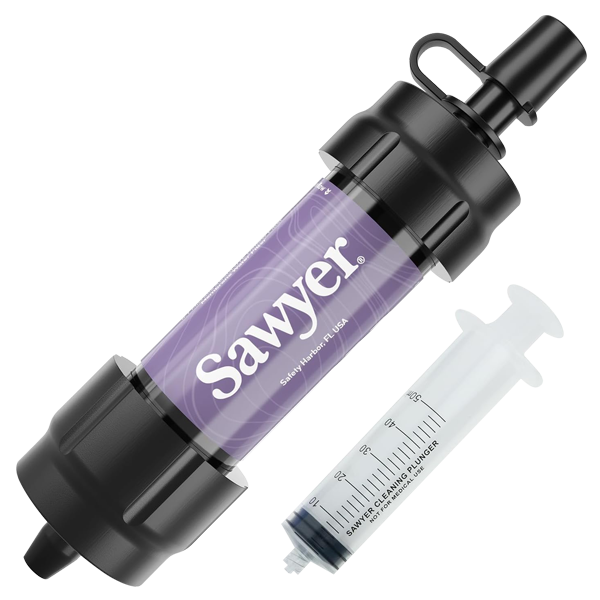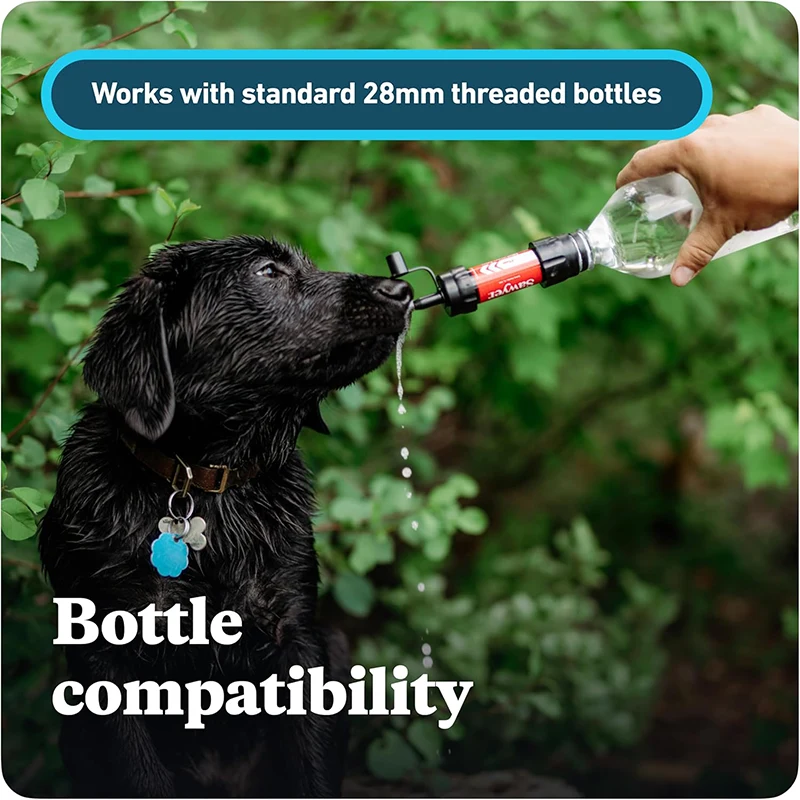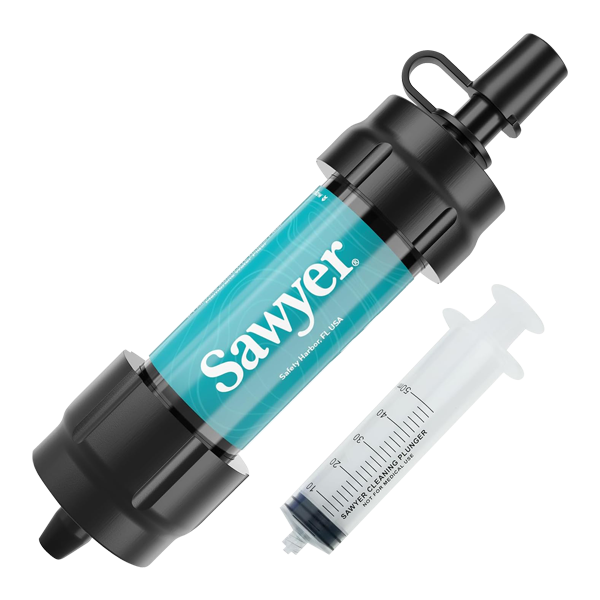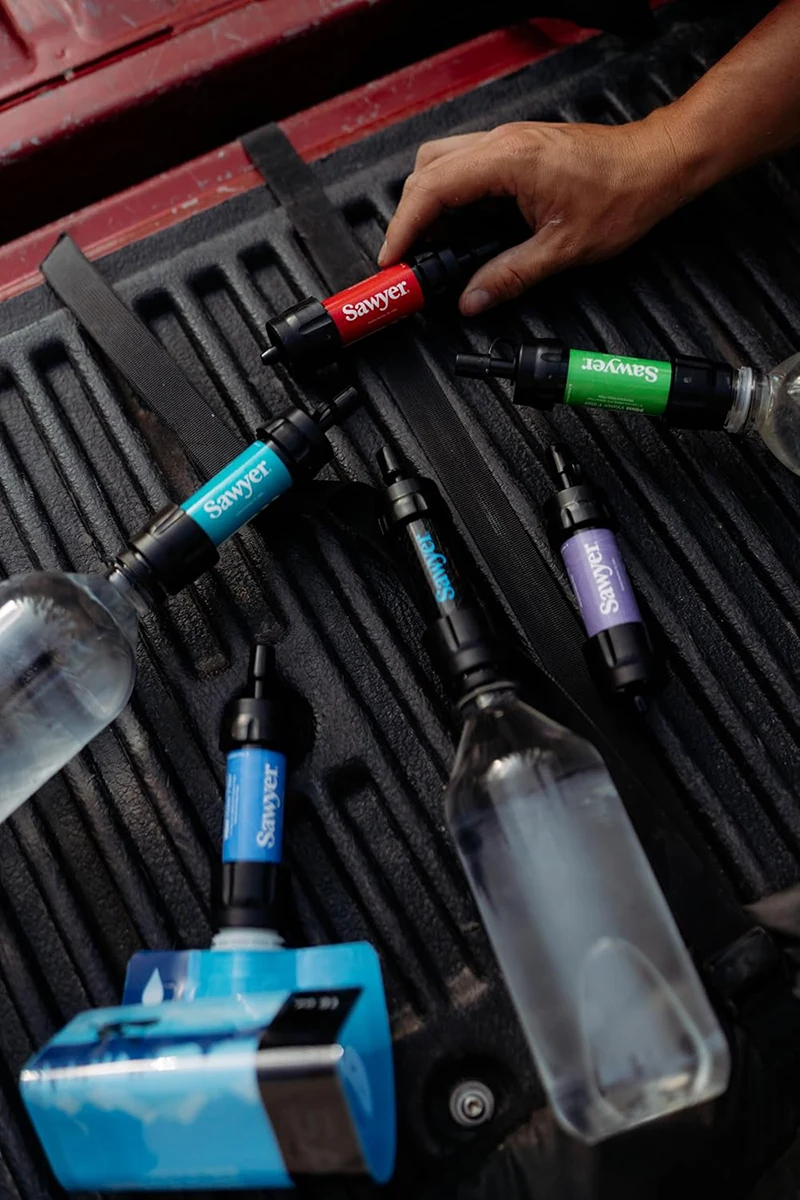CNN Underscored: A beginner’s guide to backcountry camping, according to backpackers
CNN Underscored: A beginner’s guide to backcountry camping, according to backpackers
CNN Underscored: A beginner’s guide to backcountry camping, according to backpackers
CNN Underscored: A beginner’s guide to backcountry camping, according to backpackers
CNN Underscored: A beginner’s guide to backcountry camping, according to backpackers
CNN Underscored: A beginner’s guide to backcountry camping, according to backpackers
CNN Underscored: A beginner’s guide to backcountry camping, according to backpackers


A beginner’s guide to backcountry camping, according to backpackers
Following a comprehensive guide to backcountry camping is one of the safest ways for a beginner to get from sitting on their couch to backpacking through the wilderness. Otherwise, you risk venturing into the wild without a plan or the right outdoor gear, which could spoil your trip — or worse.
To ensure your first backpacking experience is safe and enjoyable, we talked to experts to find out everything you need to know and bring when going backcountry camping.
¿Qué es la acampada campestre?
Los campings de travesía son más naturales y sólo tienen capacidad para un número muy reducido de campistas. Carecen de servicios públicos como aseos y duchas, pero quienes están dispuestos a hacer el esfuerzo de llegar hasta ellos se ven recompensados con una dulce soledad. Y ese "trabajo" no siempre requiere horas de caminata. Hay muchos campamentos de montaña a sólo cinco o quince minutos a pie del coche. Pero si le apetece caminar por el bosque, hay innumerables senderos y lugares que explorar si está dispuesto a dejar el coche y atarse a la espalda todo lo que necesite.
“Backpacking allows you to cover significantly more ground than day-hiking, so I highly recommend backpacking to anyone who wants to see more beautiful sights,” says Ashleigh McClary, a Gearhead at Backcountry. However, it does take more planning than traditional car camping, as you’ll need to figure out where you’re going and what to bring. “You should try to make sure to have a balance of everything you need and nothing extra that you don’t need,” McClary says. “New backpackers often bring too much on their trips and get weighed down with heavy gear.”
Continue reading the full article written By Matt Haines, Kai Burkhardt and Maxwell Shukuya here.
Recent articles
Other categories
You might also like
.png)
